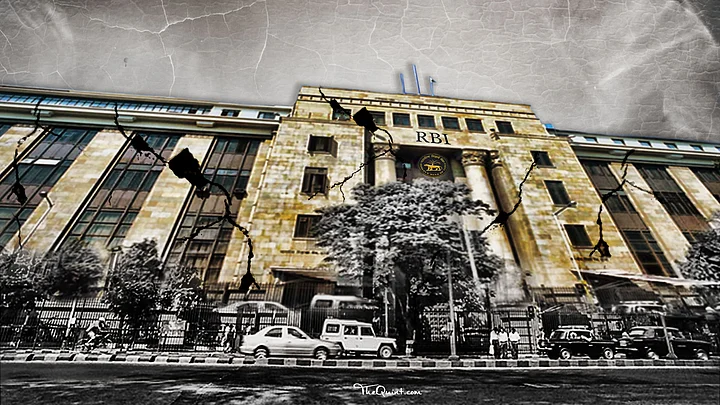Reserve Bank of India, the plush oracle for us Indian mortals, the chamber of a thousand secrets, has given its verdict – It’s a no-change for a restrained dynamism. However, what’s different is that the central bank’s move was not too far off the mark this time as nearly 100 percent of the bankers expected the rates to remain unchanged.
Also Read: RBI Keeps Repo Rate Unchanged, Hikes Reverse Repo Rate By 25 bps
Rate Cut Can’t be Order of the Day
In the historical 5th bimonthly policy review in December 2016 post-demonetisation, when in a Reuters poll over 60 economists expected a rate cut, RBI kept the rates unchanged at 6.25 percent. Even in the 6th bimonthly review in February 2017, when the country was smacking its lips in anticipation of a continuation in the accommodative stance by the RBI, it decided on a neutral stance instead.
Yet, this time around, it is finally starting to show that the market experts of our country have bought the idea that the central bank is trying to sell, by repeatedly sticking to its neutral stance. And the idea is that the days of the discretionary monetary policy are long over.
Though it is a ‘flexible’ inflation-targeting regime, providing some room for growth considerations, price stability is still the utmost priority of the RBI. This means more resilience is required, and thus, raising a red flag at the slightest hint of trouble and expecting a rate cut cannot be the order of the day anymore.
Also Read: In Five Charts, RBI’s Assessment of Demonetisation
Treading with Caution
Even after demonetisation dislodged pre-conceived notions about India’s growth story, the effect, so it seems, was only temporary. After limiting the economic activities that took place in the country by the limitation of currency in use, the market is expected to normalise by the second quarter of FY18.
Moreover, political and macroeconomic developments on the domestic and international front, transpiring for quite some time now, are likely to translate into a cost-push inflationary shock in the near future. Such developments were always hinting at a possible break on the rate cuts by the RBI, and it actually chose to tread with caution.
Why Are the Authorities So Tight-Lipped?
What is apparent is that the current regime is essentially an inflation “forecast” targeting regime under which the central bank is trying to control the expected inflation in the future.
Inflation in the last or even the current period as such has no bearing on the current policy actions of the central bank. The public and the markets must realise this and accordingly, set their expectations in a more forward-looking manner.
However, the subjects cannot be solely blamed for letting their minds wander when the authorities are so tight-lipped about their intentions. Another factor to be observed in the trend that has been characterising the decisions of the Monetary Policy Committee, still toddling as an institution, is the unison of the six members in deciding policy rate changes, and the lack of transparency and communication tainting its reputation.
Making Information Public
In keeping with best central bank practices, it is advisable that the MPC releases forecasts, and even “nowcasts”, to justify its policy decision, meaning that all the information with the MPC must also be made available to the public.
RBI should also release its macro-econometric models that are being used to generate forecasts for the economy. This would go a long way in creating a common set of information enabling all stakeholders to form their expectations and anticipate policy actions.
Also Read: Hands-Off Approach By RBI Emboldens Rupee Traders
(Bhanu Pratap works as an Analyst at Fidelity Investments, Bangalore. Dr Soumya Bhadury currently works at Centre for Financial Stability, USA and National Council of Applied Economic Research (NCAER), Delhi. The views expressed above are the author’s own. The Quint neither endorses nor is responsible for the same.)
Join The Quint on WhatsApp. Type “JOIN” and send to 9910181818.
